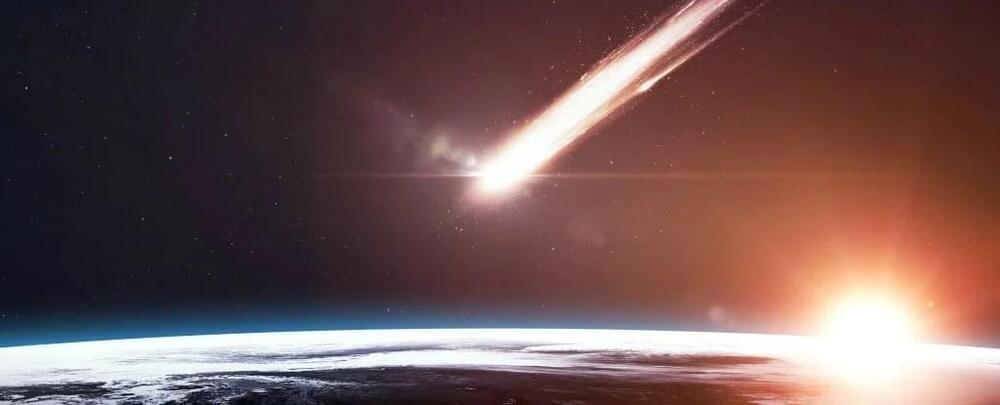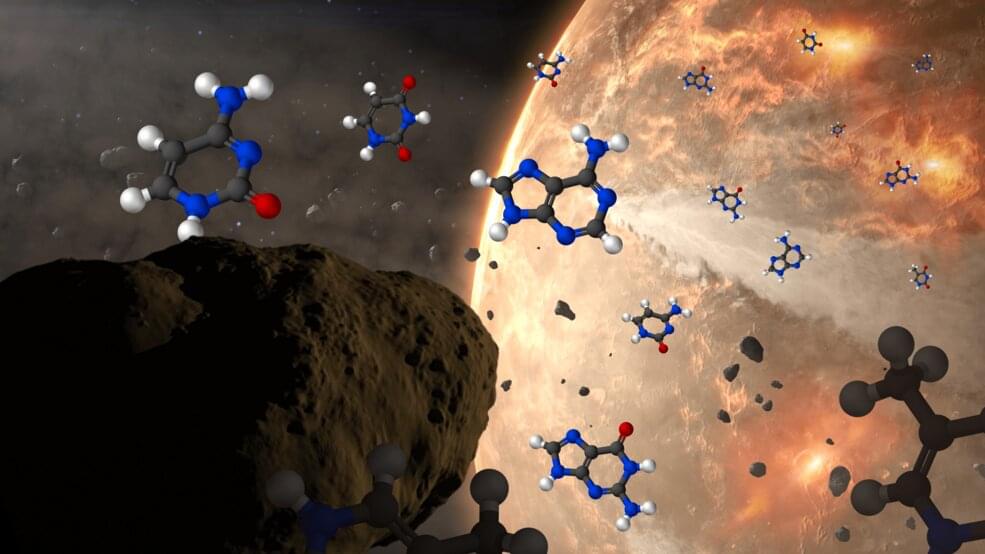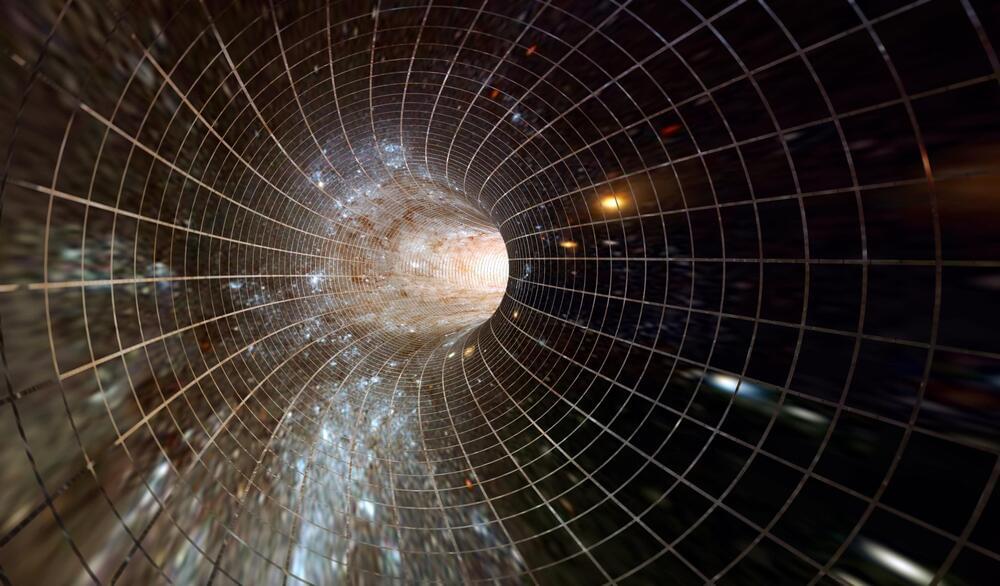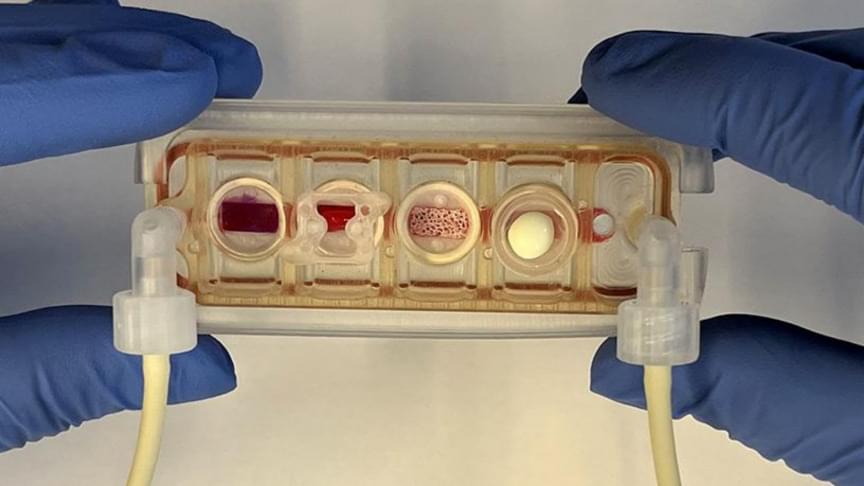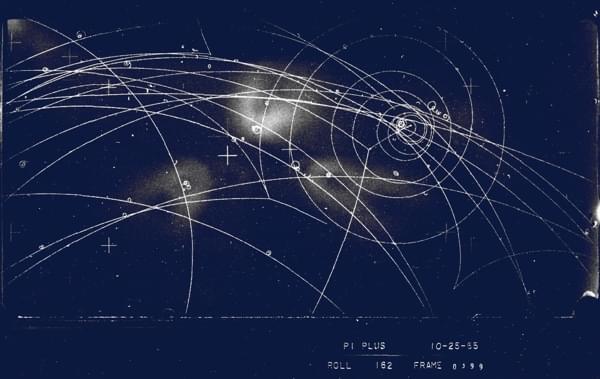May 2, 2022
The History and Science of Virtual Reality Headsets
Posted by Gemechu Taye in categories: media & arts, science, virtual reality
You don’t even have to cover your mouth. Virtual reality has come a long way in recent years, creating unreal environments and unprecedented tactile experiences. However, researchers have struggled to recreate an adequate simulation of our most precious senses of touch, like kissing.
You would be forgiven if you thought that the current wave of virtual reality headsets was a modern phenomenon. There were obviously some awkward—and failed—attempts to capitalize on the virtual reality craze of the early 1990s and for most people, this is as far back as virtual reality goes. The truth is that virtual reality is much, much older.
Continue reading “The History and Science of Virtual Reality Headsets” »

